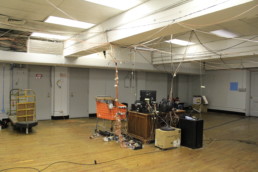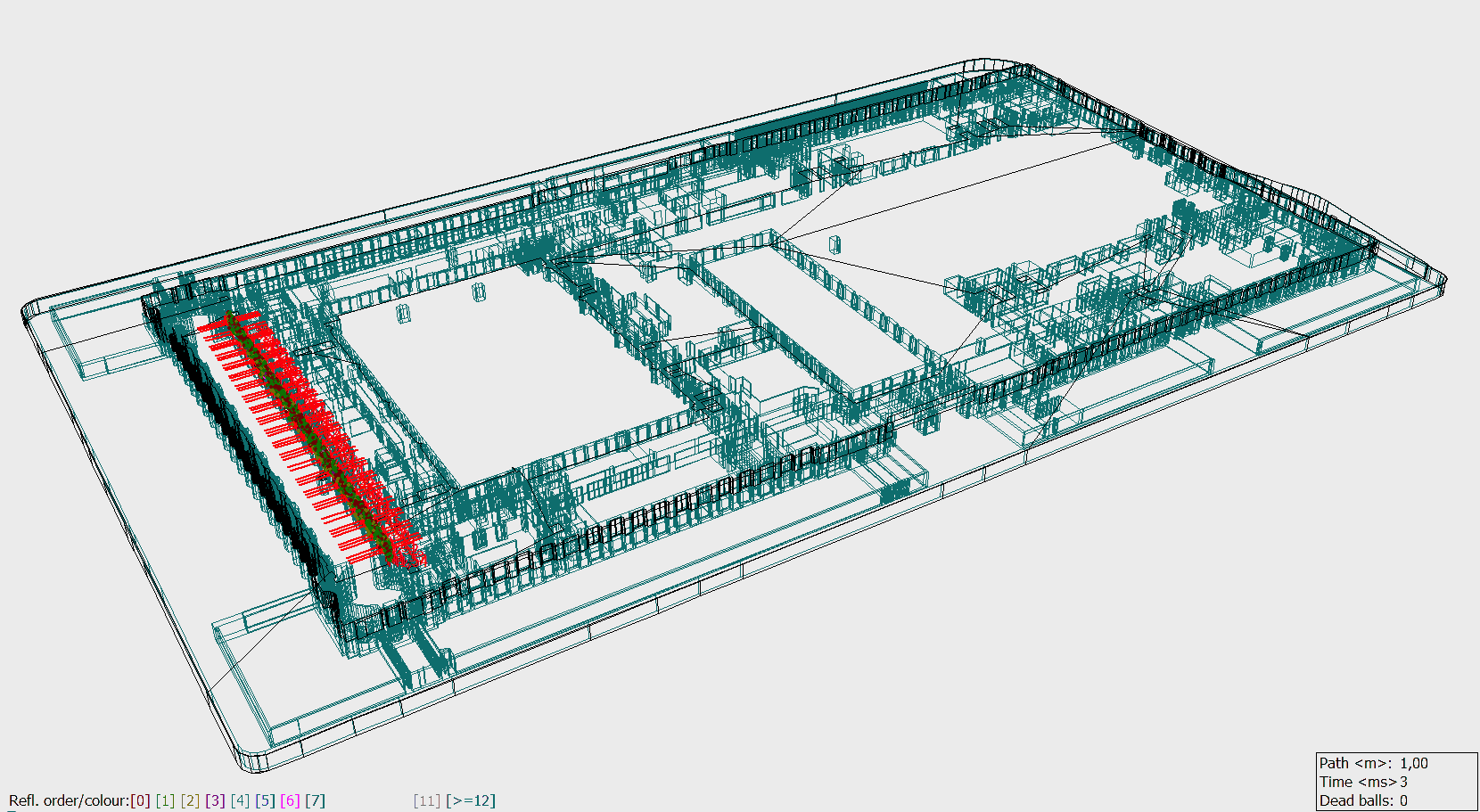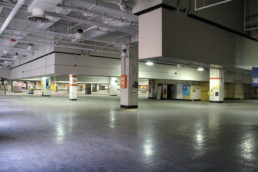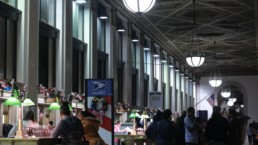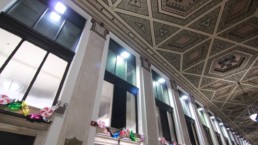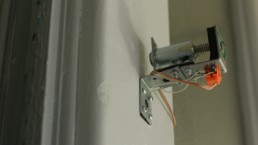The great and secret show / The look out gallery
sound sculpture
Biennial curator: RoseLee Goldberg
project curator: Carlos Mínguez Carrasco
organiser: PERFORMA 13 Biennial
sponsor: Adam Mickiewicz Institute and Moynihan Development Corporation
The Penn Station Post Office, New York, 8–17 November 2013
The sculpture, produced for Performa 13, was composed of a piece emitted in unused spaces of the largest empty building in Manhattan, and was a part of research on the economic crisis. It consisted in amplifying the building and a literal – use and reinforcement of its acoustics – and a metaphorical – revelation of situations and hidden, unused spaces. The composition was a construction on the basis of a field recording from the building as well as the artist’s subtle interventions in the soundtrack during material collection: knocking about, touching. It was available as part of a walk.
The research preceding the realisation concerned unused New York high-rises, which, according to the municipal law, have to maintain appearances of being in use: owners of even empty Manhattan properties are obliged to employ a doorman, maintain an entrance to the building with all its attributes, like a red carpet, and to keep it lit at night, which is related to maintaining the status quo from the time before the economic crisis of 2008 and, thereby, a sense of well-being in the citizens. The artist discovered 8 such objects and, ultimately, decided to produce a work on a socially degraded object of public use, raising the question about things which make people feel secure at a concrete place.
The historic James A. Farley Post Office is today one of the largest empty buildings in Manhattan. In mid-twentieth century, the building housed over sixteen thousand employees; currently, there are less than two hundred and only in periods of intensive use. Countless rooms, corridors, vaults, chambers and storage rooms remain unused.
The look out gallery is the beginning of the piece. It is a name given by the employees to a system of secret corridors, enabling them to oversee the working environment. An assigned policeman controlled it with the help of spyholes, an analogue CCTV.
The pre-recorded collection of sound used (e.g. door closing, cards rejected, stamping, both one-time and contemporary), the building’s background, unfolded histories of the past and reflected an enormity of the building on the scale of the city. The sound transformed the walls of the corridor into a vibrating membrane, creating an intimate sensation synthesising the past and the present of the office. The installation called attention to the fact that our bodies and memories are formed also by sound. Additionally, it emphasised the manner in which we establish a relationship with a given place, pointing to the fact that our mere presence in space is its taction; it shifted a limit, a distance within experience with the help of two different situations of insight.
The performance not only undergirded the fact that in an era of digital communication, a role of the post office – and, thus, of this particular building – is subject to an ongoing overhaul; it also raised the issues of labour, public service and hierarchy in one of the most frequently visited places in the past, and its archaeology of sound offered an arguably superior representation of temporality, materiality, velocity and intensity of bodies, objects and systems than image or text.
As a part of the work process, Katarzyna Krakowiak was also invited for an artistic presentation to Hyphen Hub Salon where she revealed the inside story behind “The Great and Secret Show” project. During Hyphen Hub Salon #3 Krakowiak also presented her other works, including the piece awarded at the last Venice Architecture Biennale, followed by a Q&A with the audience.
